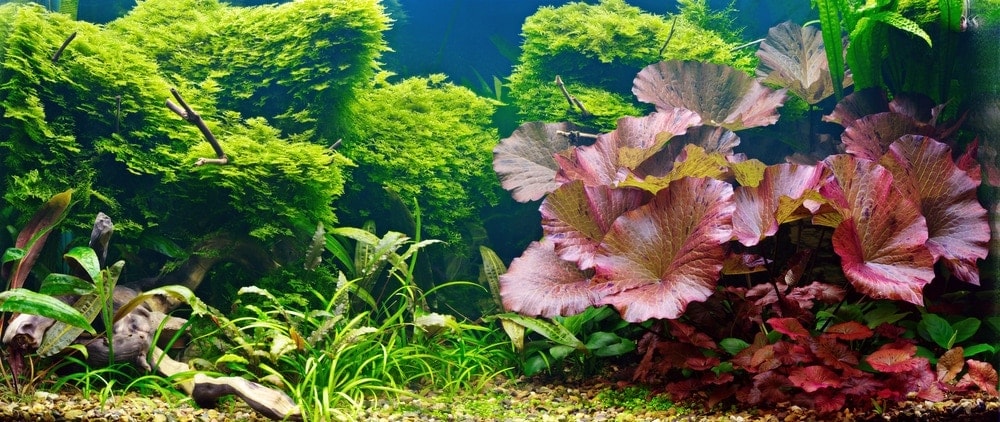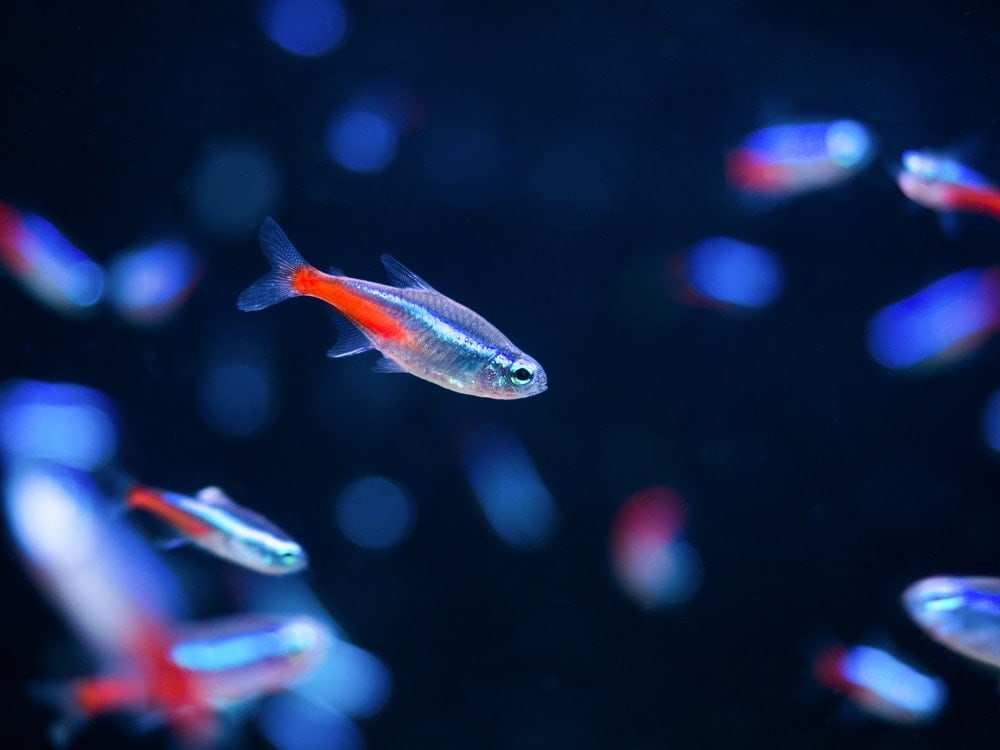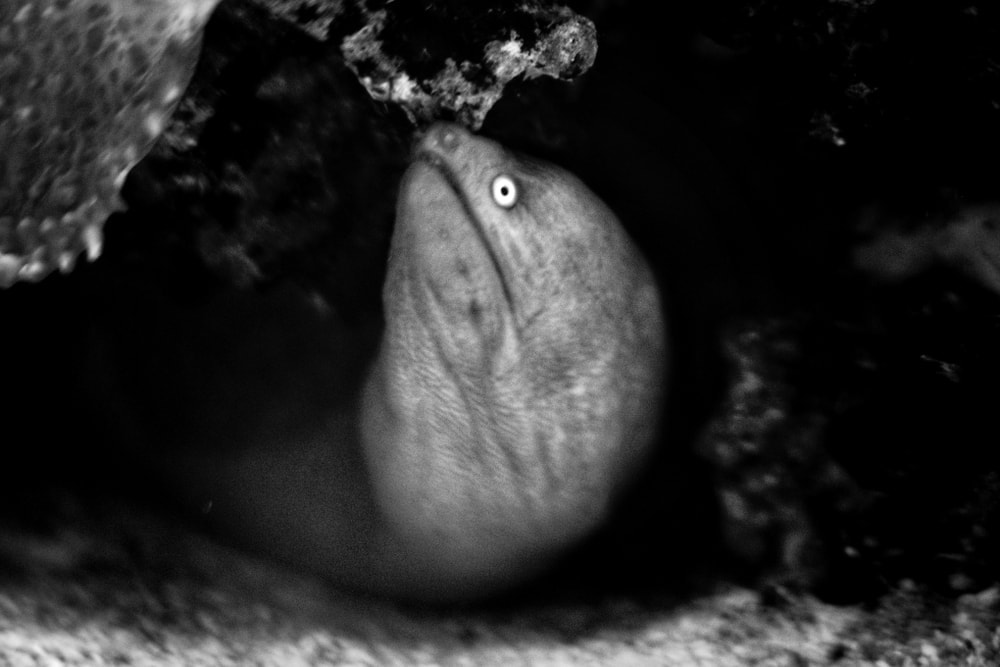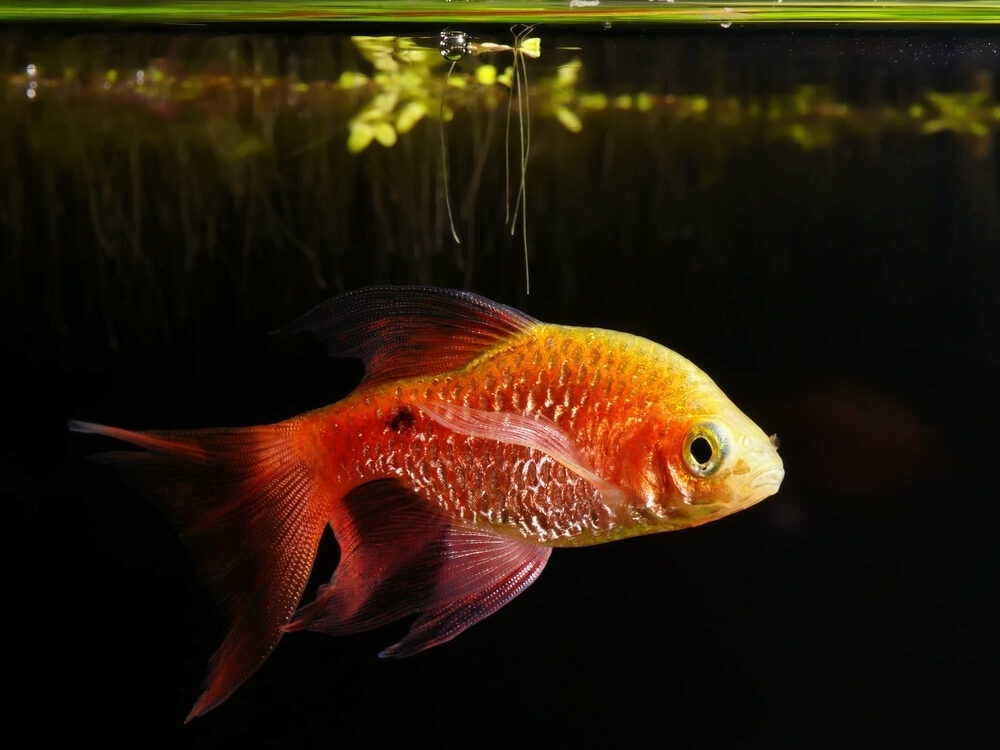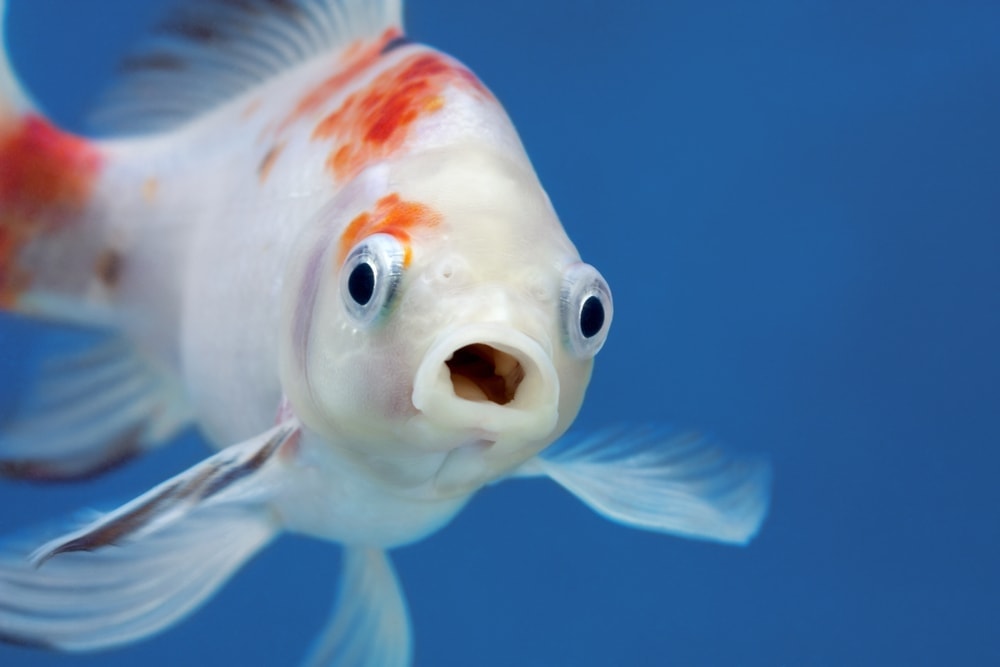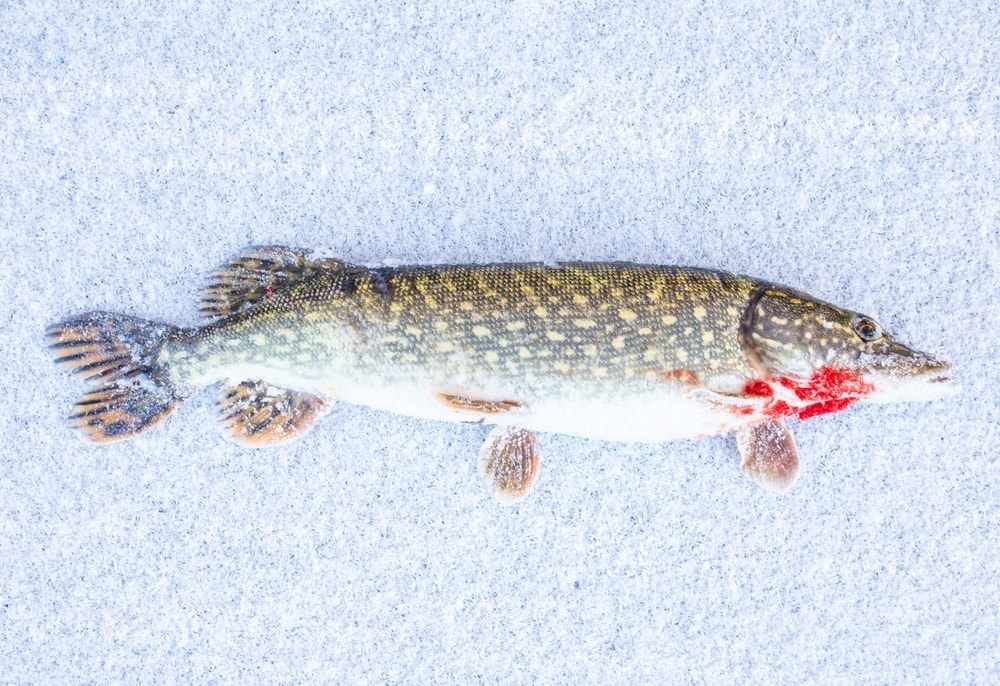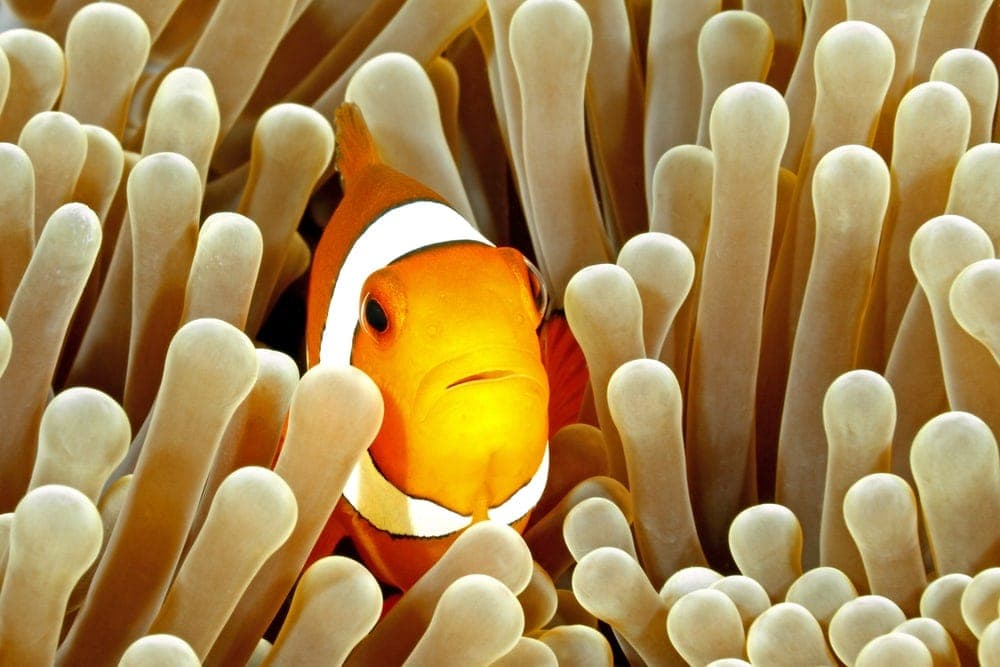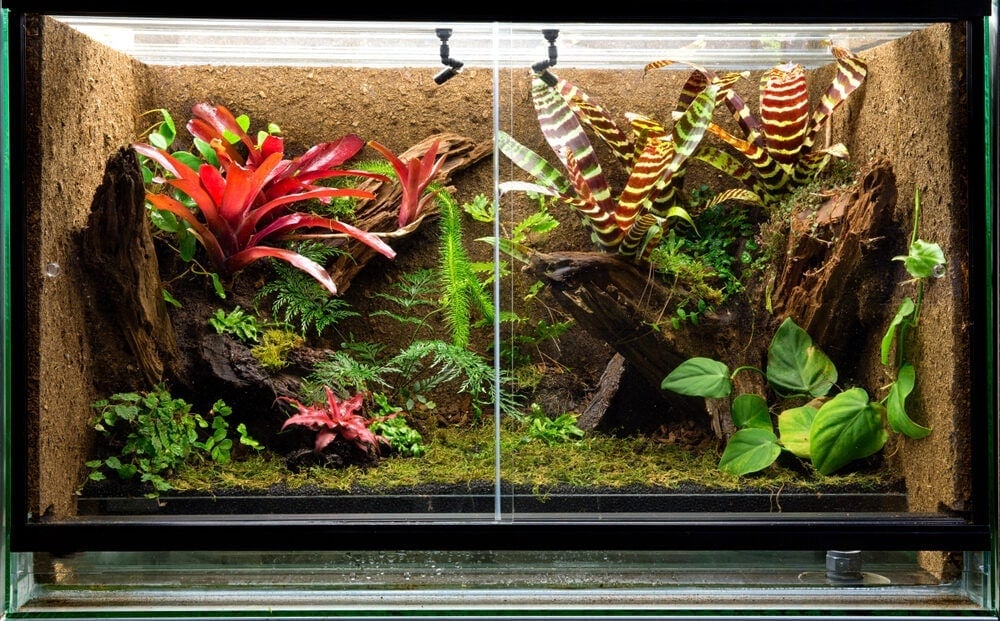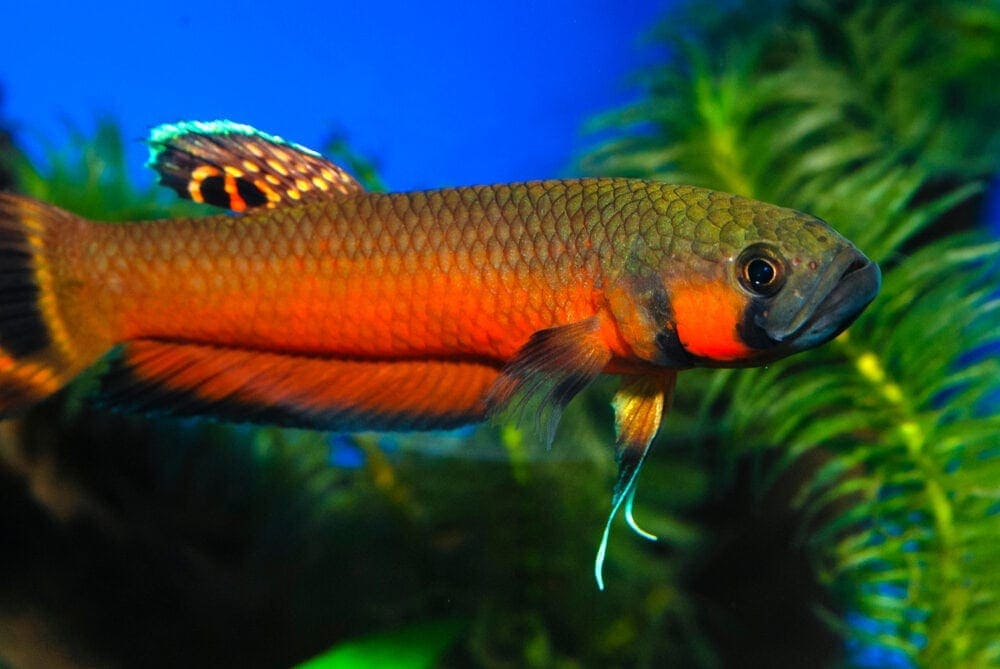The Moray Eel is a stunning aquatic creature that makes for one incredible pet.
It is important to keep in mind that this animal can be tricky to care for, so you’ll need to learn about it in depth. We will provide you with the information necessary to get started.
Moray Eel Appearance
Moray eels are known for their gaping mouth and eyes that seem to follow you around. This fish’s dorsal fin goes from its head all the way down to its tail, attached to the anal and caudal fins.
You will also notice that this creature has no scales whatsoever. It does, however, have extremely thick skin, which is a good defense mechanism against predators. You won’t be able to tell whether or not this eel is a male or female just by looking at it. This can make breeding these fish rather challenging.
There are two hundred unique species of moray eels, and each one has a fairly distinct overall look. Each type of eel sports a different pattern and size. It is therefore important to explore some of your options before deciding on one in particular.
Some of the more common types of moray eels include:
- Snowflake: This species has a very beautiful yellow and white color pattern. It can grow up to nearly 40 inches.
- Giant moray eel: The giant moray eel can grow up to almost 10 feet long. It has a unique brown coloration with a speckled pattern.
- Zebra: The zebra moray eel has a black body with white stripes, hence the name. It can grow up to 20 inches long.
- Chainlink: These eels can get up to 30 inches long, and they have a black body with yellow vertical bands running the length of their body.
Behavior
Moray eels tend to hide behind rocks and anything else they can find. They move along the bottom of the tank slowly. Just watching them swim is pretty entertaining. These fish move in an “S” pattern, which keeps them moving forward smoothly through the water.
These eels hide between rocks and wait for their prey to come into view. Once the fish is close enough, they strike quickly with amazing strength and confidence.
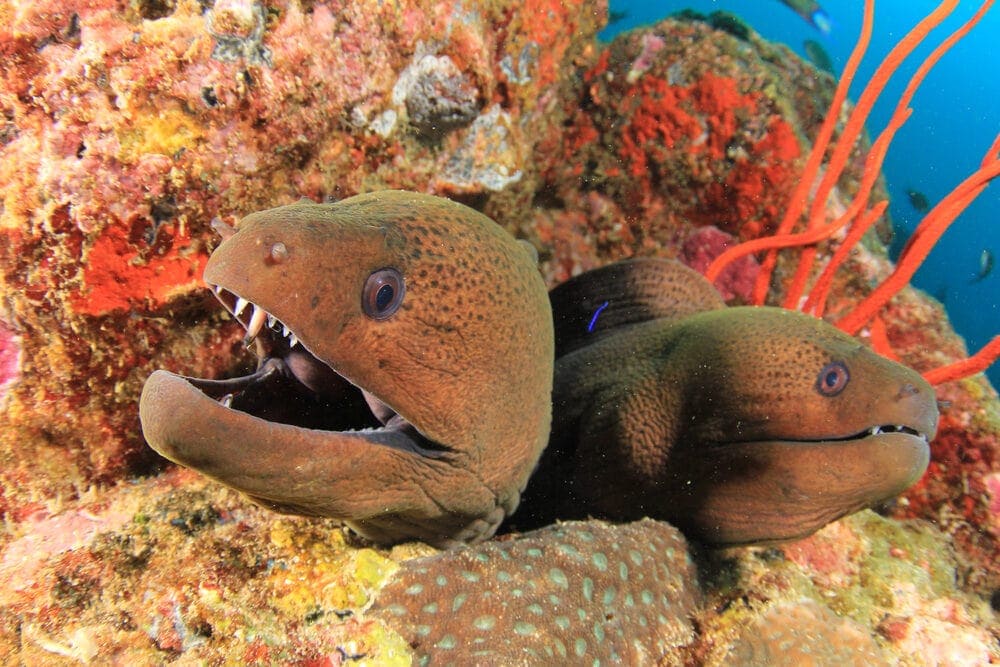
Natural Habitat
Green moray eels can be naturally found in northern Caribbean waters. They spend most of their time in areas with lots of rocks, so they will have somewhere to hide while waiting for their prey. Certain species of this fish can be found in a wide range of environments, from coral reefs to tidal creeks.
Moray Eel Care Guide
1. Tank Setup
The size of the tank you will need to keep your moray eel will depend on the species you get. Eels that measure up to 2.5 feet need to be kept in a minimum 30 gallon tank. It is very difficult to keep eels that are bigger than 10 feet, as it requires a massive tank that most people simply do not have the space for in their home.
Make sure that your eel’s tank has a cover that securely snaps on without any gaps whatsoever. You don’t want to make it easy for them to get out.
Sand makes for a good substrate material, but your eel will likely bury itself in it from time to time. It is a good idea to limit the thickness of the sand to about one inch. This way you’ll still be able to see them no matter what.
2. Water Conditions
You’ll need to keep the temperature of the water in your moray eel’s tank between 74 and 79 degrees at all times. It should also be kept at a pH of 7.6 to 8.4. A canister filter is recommended for this type of tank setup.
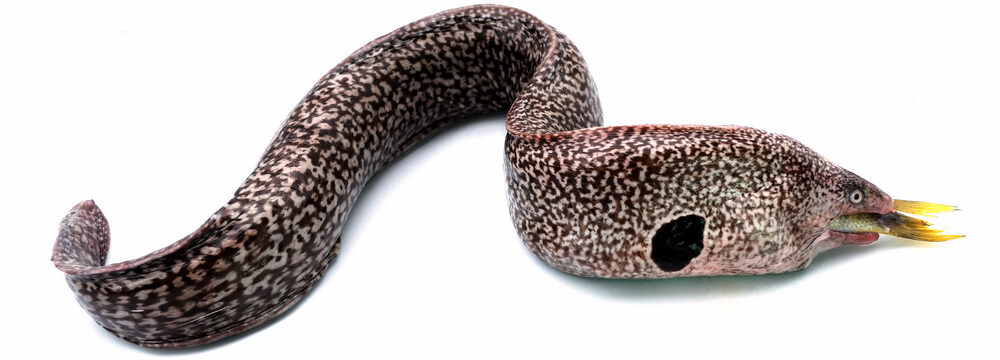
3. Moray Eel Tank Mates
There are actually quite a few suitable tank mates for moray eels, including lionfish and wrasse. The latter is a particularly good choice, as it will help reduce problems with parasites. You’ll want to avoid putting in any smaller fish, as they will be quickly eaten up by the eel.
4. Moray Eel Food
It is important that you provide your eel with a nicely balanced diet that consists of live food and the flesh of various crustaceans. Squid and crabs are two particularly good food choices for these fish. You shouldn’t even try giving them flakes or pellets, as they will likely reject them outright.
Common Health Problems
One of the great things about moray eels is that they cannot develop ich, which is a patristic infection that lots of fish have problems with. You can avoid most health problems with these fish by simply keeping their tank clean at all times.
Moray Eel Breeding
It is next to impossible to breed moray eels in a tank. If you do manage to do this successfully, you’ll want to remember that the larvae stage can go on for nearly ten months. It is extremely difficult to keep the larvae healthy and alive. Unfortunately, there aren’t a lot of helpful resources on the internet for doing this.
Conclusion
- There are numerous moray eel species, including the Chainlink, Zebra, and Snowflake. Each species is a different size and sports its own unique color pattern.
- Some moray eels only grow up to 2.5 feet, while others grow well past 10 feet long.
- Moray eels spend a lot of time at the bottom of the tank. They tend to hide in rocks and whatever another cover they can find for surprising their prey.
- If you are going to keep a moray eel up to 2.5 feet long, you will need a minimum 30-gallon tank.
- Make sure that the temperature in your eel’s tank is kept between 74 and 79 degrees Fahrenheit.
- It is crucial that your eel’s tank also has a good amount of vegetation and lots of rocks.
- These eels will not eat flakes or pellets. Instead, you should give them a nice mix of live and frozen foods.
- Most health problems with these fish can be avoided by properly maintaining their tank and keeping it clean.
- Breeding moray eels in a tank is next to impossible, but some have managed to do it.



